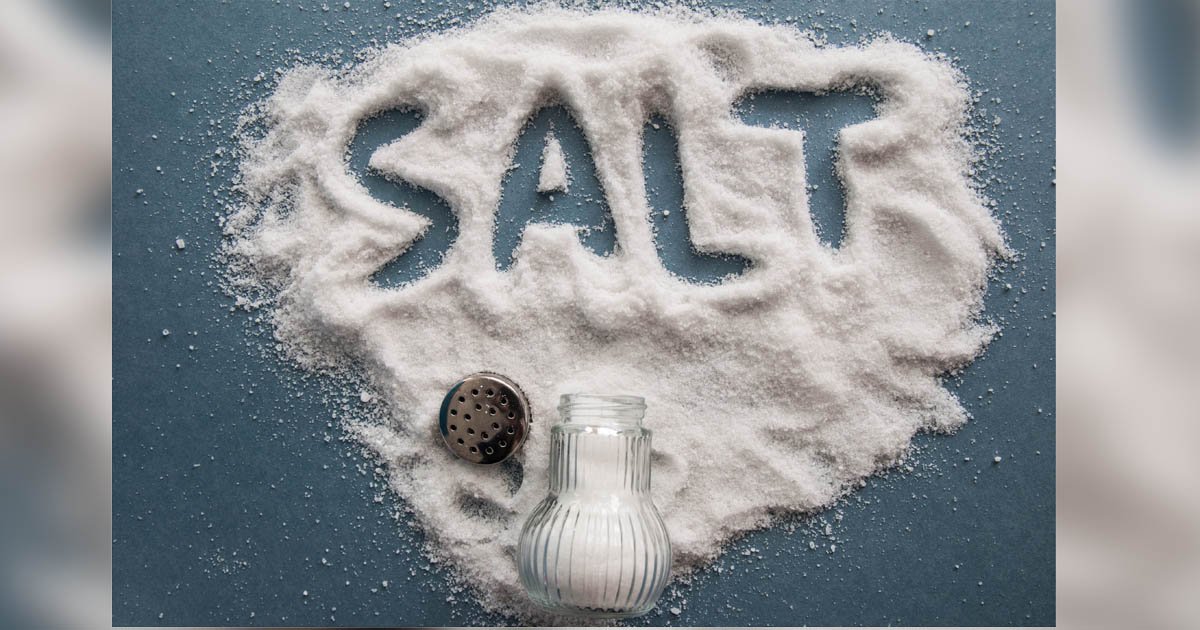September 10, 2025
2 min read
Key takeaways:
- Salt substitutes, which replace sodium with potassium, can help manage BP.
- Salt substitute usage was lowest in untreated hypertension and highest in treated and controlled hypertension.
Drawing on 2 decades of data from the National Health and Nutrition Examination Survey, researchers found that fewer than 8% of U.S. adults with untreated or uncontrolled hypertension reported using salt substitutes.
The study was presented at the American Heart Association’s Hypertension Scientific Sessions.

Salt substitutes, which replace sodium with potassium, can help manage BP. Image: Adobe Stock
“We expected that people with high blood pressure would be more likely to use salt substitutes, but the usage remained low across all subgroups, including those with untreated or uncontrolled hypertension,” Yinying Wei, MCN, RDN, LD, PhD candidate in the department of applied clinical research at UT Southwestern Medical Center, told Healio.
Salt substitutes — which replace sodium salt with potassium salt — can play an important role in managing hypertension because excess sodium intake and insufficient potassium intake are both risk factors for high BP.
To better understand use of salt substitutes, the researchers analyzed 2003 to 2020 data from the NHANES and divided study participants into four subgroups: adults with treated and controlled hypertension, adults with treated but uncontrolled hypertension, adults with untreated hypertension and adults with normal BP.
Among all adults, use of salt substitutes peaked at 5.4% in 2013-2015 and fell to 2.5% in 2017-2020, with rates ranging from 2.3% to 5.1%, specifically among adults eligible for salt substitutes.
When looking at the rates in each subgroup, researchers found that a greater proportion of individuals with treated and controlled hypertension incorporated salt substitutes into their diet than any other group, with usage ranging from 3.6% to 10.5%. Conversely, usage among individuals with treated but uncontrolled hypertension ranged from 3.7% to 7.4%, and usage consistently remained less than 5.6% for untreated and normotensive adults.
Researchers also looked for associations based on how frequently adults reported eating out, finding that those who ate out more than three times a week were 23% less likely to use salt substitutes than those who ate out less frequently (OR = 0.77; 95% CI, 0.64-0.92; P = .0055).

Yinying Wei
“The [NHANES] survey only asked whether people use salt substitutes in place of table salt at home, but the majority of sodium in the U.S. diet comes from processed and restaurant foods,” Wei told Healio. “Research is needed to explore ways to integrate salt substitutes into the broader food supply and to evaluate whether their use in packaged and restaurant foods could have a meaningful impact on population blood pressure and cardiovascular outcomes.”
The researchers also noted that although salt substitutes are good tools to regulate BP, potassium-enriched substitutes can pose a risk to some patients under certain conditions.
“Clinicians should carefully evaluate patients with kidney disease or those taking medications or supplements that affect potassium levels before recommending potassium-enriched salt substitutes,” Wei said.
In addition to further investigation into barriers to salt substitute use, such as cost, taste preferences and cultural factors, Wei said future research should focus on strategies to encourage those with hypertension to adopt salt substitutes.
For more information:
Yinying Wei, MCN, RDN, LD, can be reached at cardiology@healio.com.










